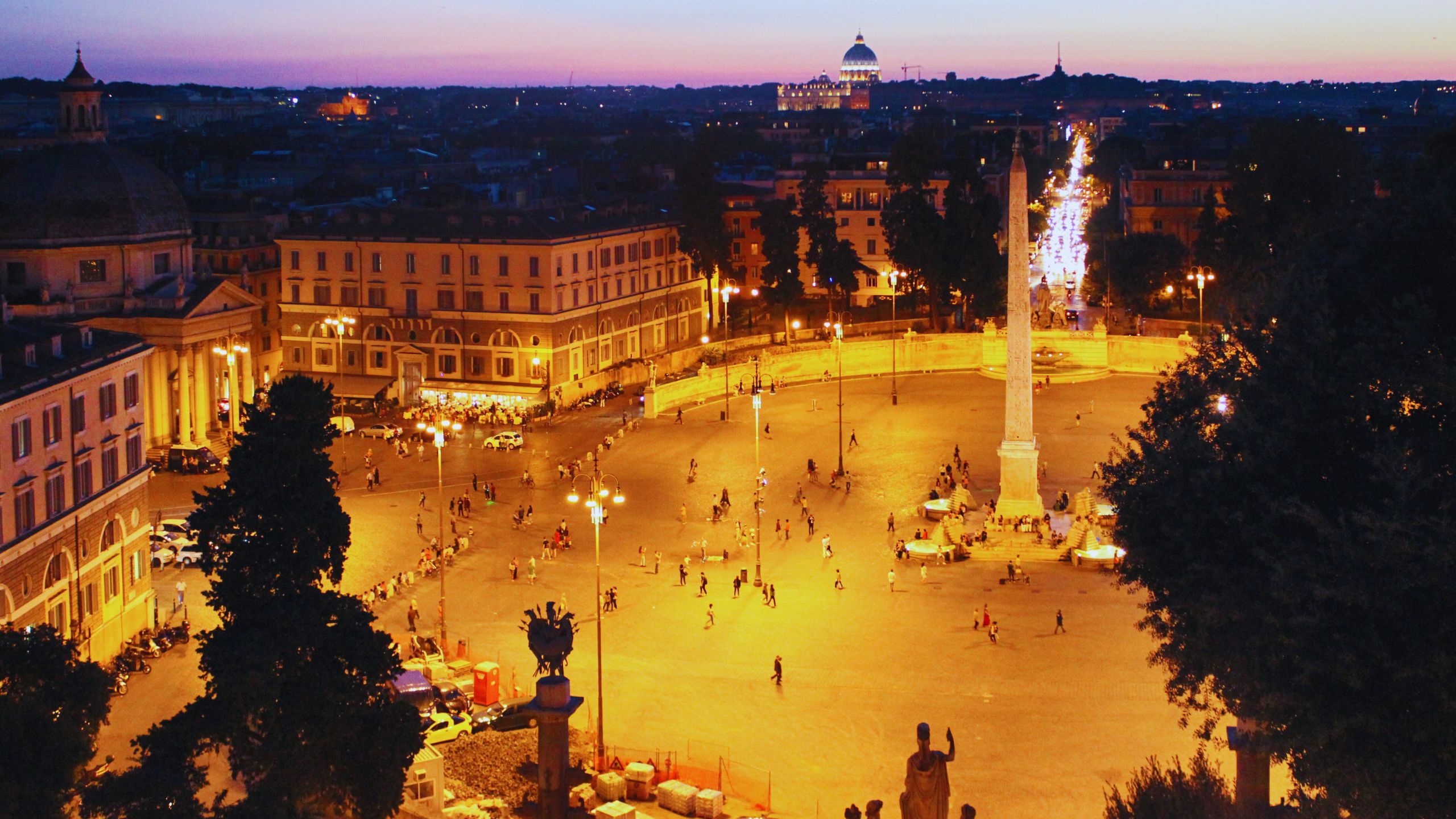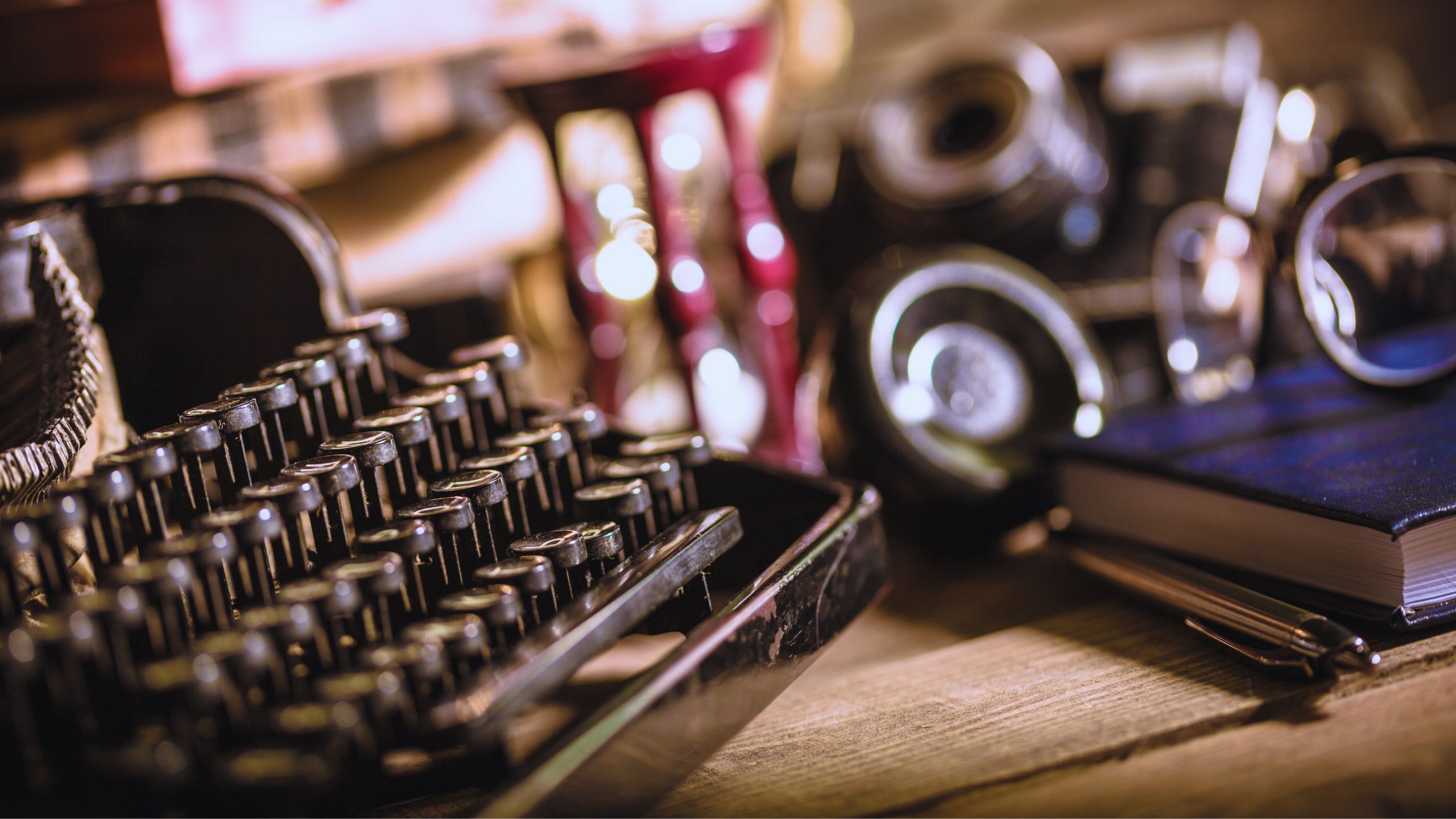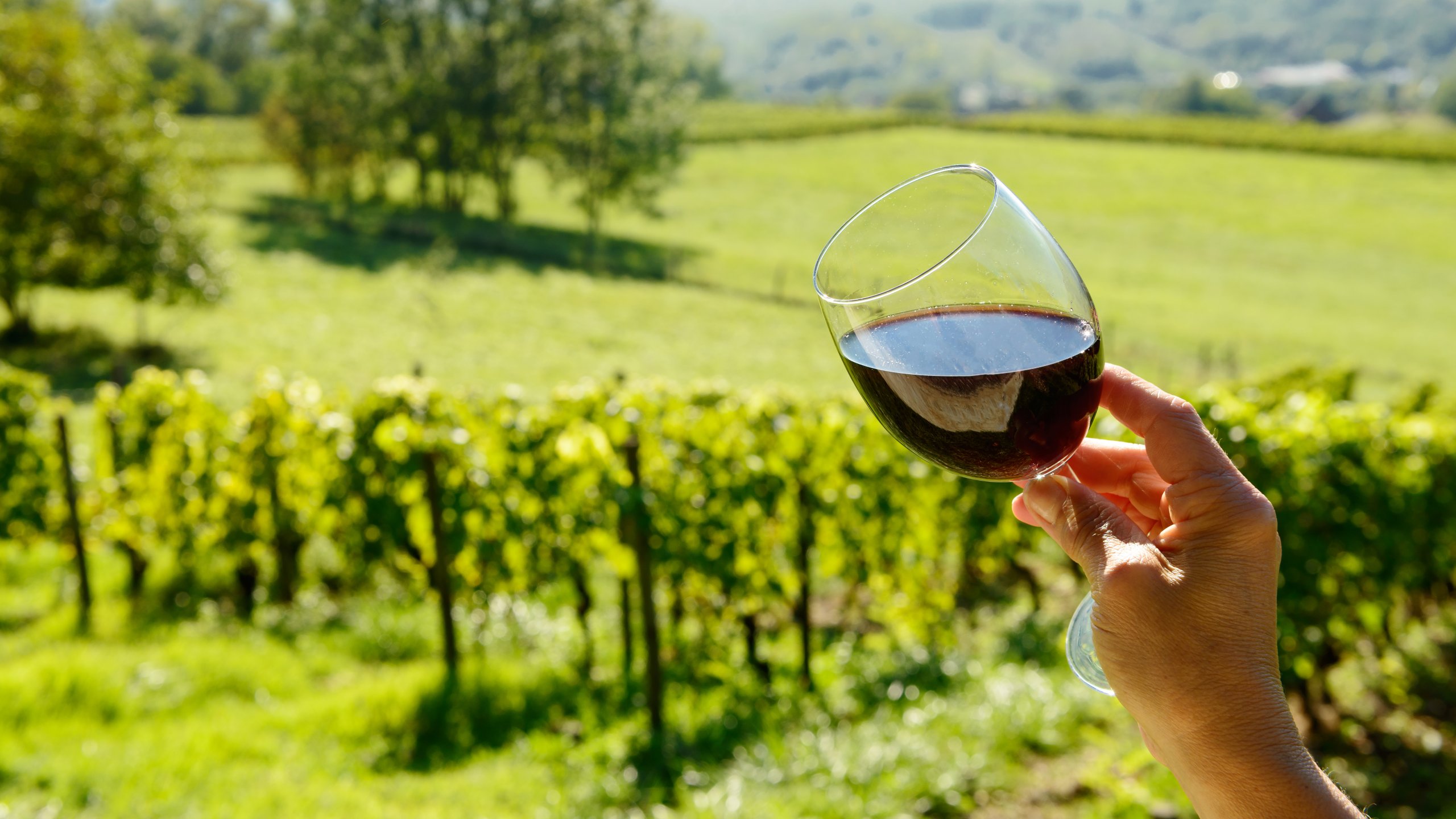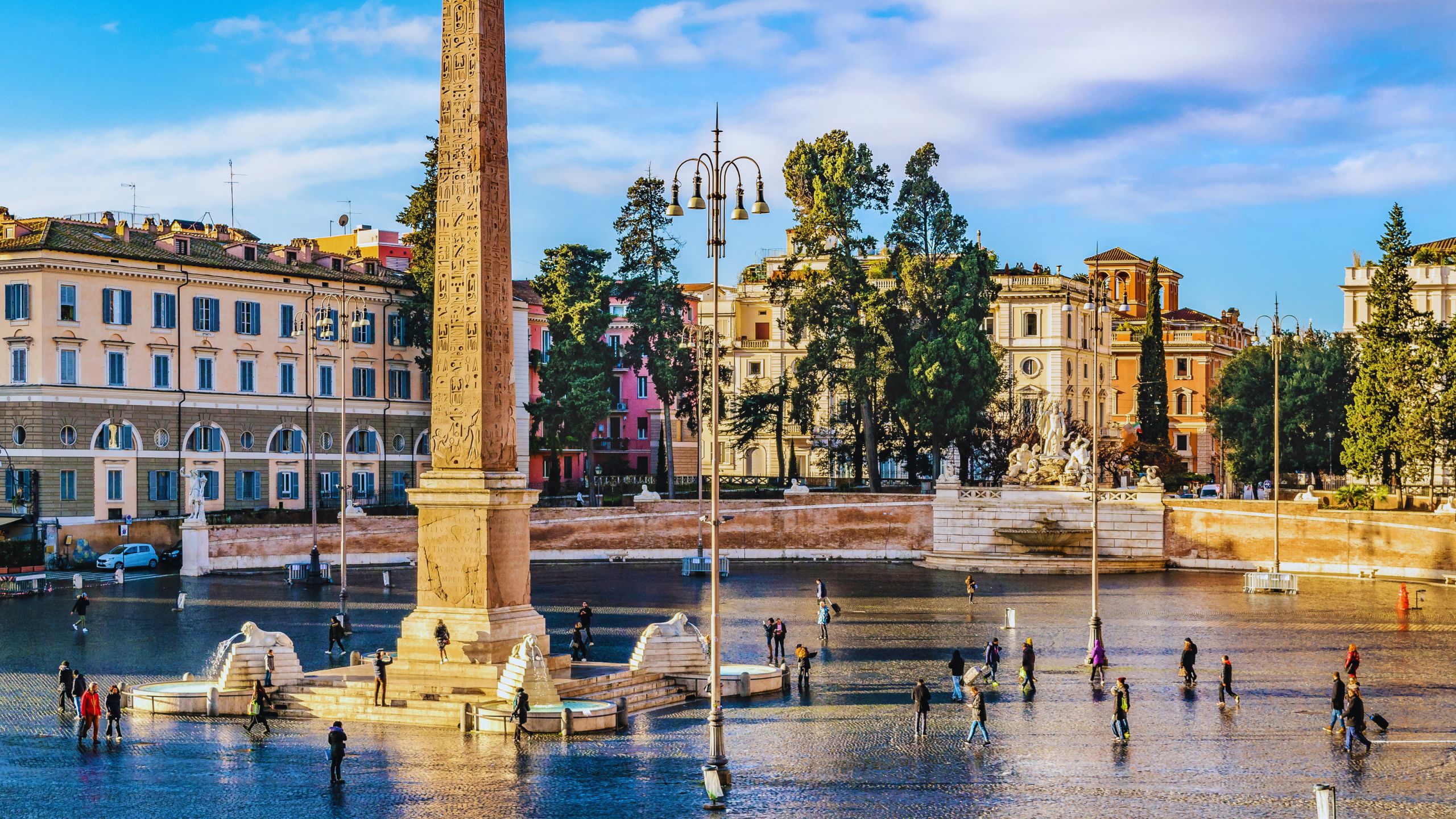A Stroll through Rome: Piazza del Popolo, One of the Romans’ Favorite Places
For those arriving from the north, entering Rome once meant passing through the Porta del Popolo and immediately finding yourself in one of the city’s most spectacular spaces. The outer façade of the gate, built between 1562 and 1565 by Nanni di Baccio Bigio, welcomed travelers and pilgrims from all over Europe; the inner side, on the other hand, was redesigned in 1655 by Gian Lorenzo Bernini to greet Queen Christina of Sweden with a triumphant entrance worthy of a monarch. Beyond the arch lies Piazza del Popolo, where the harmony of shapes, the central Flaminio Obelisk, and the famous trident of streets in the distance create an urban stage that blends grandeur with intimacy. Here, Rome reveals itself for the first time to newcomers, immediately showing its welcoming, elegant, and timeless style.
An Urban Masterpiece of Art and Perspective
The heart of the square is dominated by the Flaminio Obelisk, over 24 meters tall and originally from the Temple of Ra in Heliopolis, Egypt. It was brought to Rome by Augustus to decorate the Circus Maximus and placed here in 1589 by Pope Sixtus V. Surrounding it are four fountains featuring stylized lions, from whose mouths crystal-clear water flows, arranged in the symmetrical layout envisioned by the architect Giuseppe Valadier in the early 19th century. From here begins the celebrated trident, three streets branching out like rays: Via del Babuino toward Piazza di Spagna, Via di Ripetta toward the Tiber, and Via del Corso, leading straight into the heart of the city. This layout, meticulously designed, still offers a perspective that impresses with its harmony and grandeur—a living testament to the genius of Roman architects and the city’s ability to reinvent itself while preserving its essence.
Twin Churches, Artistic Treasures, and Baroque Wonder
On either side of the trident stand the famous twin churches of Santa Maria dei Miracoli and Santa Maria in Montesanto, built to create symmetry in the square despite having slightly different floor plans adapted to the available space. The result is a perfect scenic balance, the work of masters of Roman Baroque such as Carlo Rainaldi, Carlo Fontana, and Gian Lorenzo Bernini. On the opposite side, the Basilica of Santa Maria del Popolo houses true masterpieces: works by Caravaggio such as The Crucifixion of Saint Peter and The Conversion of Saint Paul, frescoes by Pinturicchio, contributions by Raphael, and sculptures by Bernini. Stepping inside means walking through five centuries of Italian art, breathing the same atmosphere that inspired popes, artists, and pilgrims alike. 
From the Pincio Terrace to the Roman Sunset
For an unforgettable view, visitors can climb to the Pincio, the panoramic terrace overlooking the square. At sunset, when the sky turns pink and orange, the obelisk casts a long shadow on the stone and the light bathes everything in an almost magical aura. It’s a moment when the city’s noise fades, and the square becomes a living canvas, loved by Romans who come here for a leisurely stroll, to attend concerts, or simply to sit on a bench and watch life pass by.
Piazza del Popolo and Its Links to the City
Visiting Piazza del Popolo means opening a path to some of the most iconic and fascinating places in Rome. Walking along Via del Babuino leads to Piazza di Spagna and its spectacular staircase. Following Via di Ripetta takes you to Piazza Navona, with its Baroque fountains. For those who enjoy discovering a more unusual side of Rome, Via del Corso leads to Piazza Venezia and beyond, toward the Capitoline Hill and the Imperial Forums. In every direction, this square is a privileged starting point to experience the city in all its shades.
How to Get There and When to Experience It
The square is easily reached by Metro Line A (Flaminio stop) or by numerous buses that stop nearby. Always lively, it’s at its best in the early morning, when the sun caresses the façades, or at sunset, when the light turns soft and golden. The area is pedestrian-only, perfect for a leisurely walk, to admire the architectural details, enjoy a coffee, or simply soak up the unique atmosphere of one of the Romans’ most beloved places. Piazza del Popolo is not just an urban space—it’s a gateway, a living room, and a stage, where history and daily life continue to meet, every day, under the same sky.




